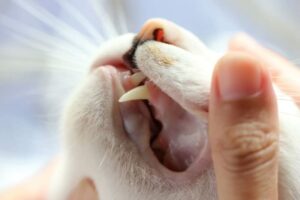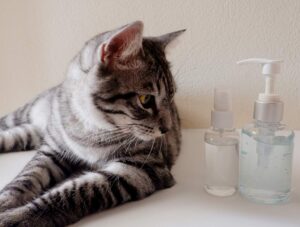How to Treat Cat Mastitis at Home (Ultimate Guide)
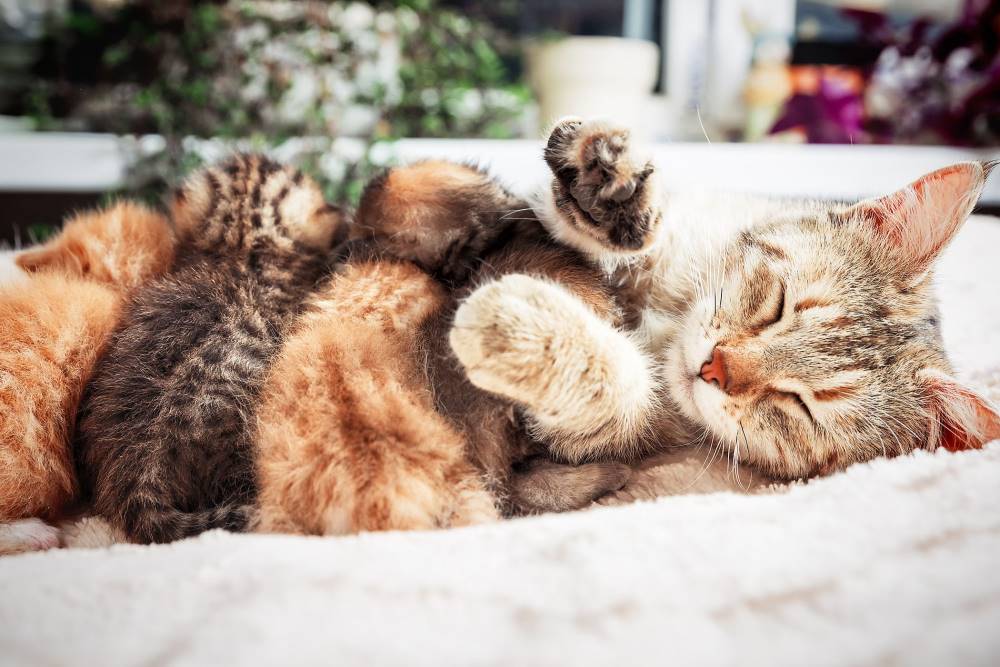
Cats, like any other mammals, can suffer from mastitis. This condition occurs when there is an inflammation in the mammary gland, usually caused by bacterial infection. It can be painful for the cat and can affect her milk production, which in turn can impact her kittens. If left untreated, mastitis can lead to severe complications, such as sepsis, so it’s essential to act quickly and provide proper care. In this article, we will discuss how to treat Cat Mastitis at home, using a variety of tried-and-tested methods.
What is Cat Mastitis?
Cat mastitis is a condition where the mammary glands of a mother cat become inflamed and infected. It is a relatively common condition, especially in cats that have just given birth to a litter of kittens. Mastitis can affect one or more of the mammary glands and can be a serious condition if left untreated.
Mastitis is caused by a bacterial infection that enters the mammary gland through a break in the skin or nipple. The bacteria can grow and multiply in the milk, leading to an infection. The condition is more common in outdoor cats or cats living in unsanitary conditions, but it can also occur in indoor cats.
If left untreated, mastitis can lead to the formation of abscesses, which can be very painful for the cat. In severe cases, the infection can spread to other parts of the body, such as the bloodstream, and can be life-threatening.
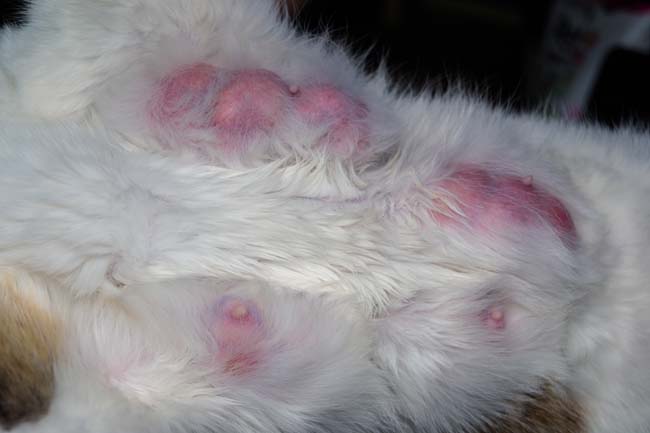
How to identify Cat Mastitis?
Early detection and treatment are crucial to ensure your cat’s speedy recovery. Here are some of the most common signs of cat mastitis that you should watch out for:
- Redness and Swelling
One of the most noticeable symptoms of cat mastitis is redness and swelling around the affected mammary gland. The gland may feel hot to the touch and may appear more prominent than the other glands.
- Pain
Cats with mastitis may experience pain and discomfort when the affected gland is touched or pressed. They may also be reluctant to let their kittens nurse from the affected gland.
- Discharge from the Nipple
Mastitis can cause a discharge from the affected nipple that can be clear, cloudy, or bloody. The milk from the affected gland may also appear discolored or contain pus.
- Lethargy
Mastitis can cause your cat to feel lethargic and unwell. They may be less active and spend more time sleeping than usual.
- Loss of Appetite
Cats with mastitis may experience a loss of appetite or refuse to eat altogether. This can lead to weight loss and further weaken their immune system.
- Fever
In severe cases of mastitis, your cat may develop a fever. This can cause them to feel even more lethargic and unwell.
- Behavioral Changes
Mastitis can cause changes in your cat’s behavior. They may become more irritable or aggressive than usual, or they may withdraw and avoid human or feline contact altogether.
If you notice any of these symptoms in your cat, it’s important to seek veterinary attention immediately. With prompt and appropriate treatment, most cases of cat mastitis can be successfully treated, and your furry friend can make a full recovery.
How to Treat Cat Mastitis at Home
Here’s what you can do to treat cat mastitis at home:
- Keep the Glands Clean
Keeping the affected mammary gland clean can help to prevent further infection and promote healing. Gently clean the gland with a mild antiseptic solution, such as diluted povidone-iodine or chlorhexidine.
- Provide Comfortable Living Conditions
To help your cat recover from mastitis, provide her with a comfortable and clean living environment. This includes a clean and dry litter box, a soft and cozy bed, and easy access to fresh water and food.
- Encourage Nursing
Nursing is essential for a mother cat’s recovery from mastitis, as it helps to stimulate milk production and prevent milk from accumulating in the gland. Encourage your cat to nurse by allowing her kittens to feed frequently, ideally every two to three hours.
- Apply Warm Compresses
Warm compresses can help to reduce inflammation and alleviate pain in the affected gland. To apply a warm compress, soak a clean cloth in warm water and wring out excess water. Hold the compress against the affected gland for five to ten minutes, several times a day.
- Administer Antibiotics
Antibiotics can help to treat the bacterial infection causing mastitis. However, it’s important to consult with a veterinarian before administering any medication to your cat, as the dosage and duration of treatment may vary depending on the severity of the mastitis and your cat’s overall health.
- Use Cold Compresses
In addition to warm compresses, cold compresses can also provide relief to a cat with mastitis. Cold temperatures can help to reduce swelling and inflammation, which can alleviate pain in the affected gland. To apply a cold compress, wrap a clean cloth around a small bag of ice or a bag of frozen vegetables, and hold it against the affected gland for five to ten minutes, several times a day.
- Encourage Exercise
Light exercise can help to promote blood flow and lymphatic drainage, which can aid in the healing process. Encourage your cat to move around by providing toys and interactive playtime. However, be mindful not to over-exert your cat, as excessive activity can lead to further inflammation and discomfort.
- Consider Natural Remedies
There are several natural remedies that can help to support a cat’s recovery from mastitis. For example, echinacea and goldenseal have antibacterial properties that can help to fight infection, while calendula and chamomile can soothe inflamed skin. However, it’s important to consult with a veterinarian before administering any natural remedies to your cat, as some herbs can be toxic to felines and may interact with other medications.
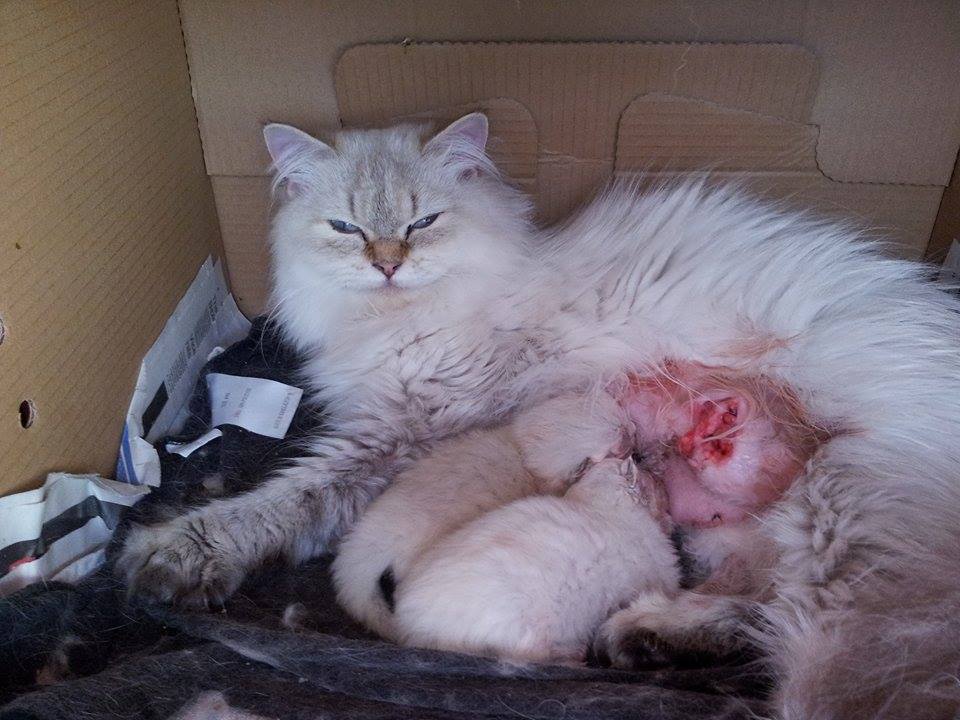
When to Seek Veterinary Care for Cat Mastitis
It is important to monitor your cat’s condition closely while treating mastitis at home. If you notice that the symptoms are not improving after a few days or if they are getting worse, it is time to seek professional help from a veterinarian. In addition, if you observe any of the following warning signs, it is recommended to visit a vet immediately:
- High fever (over 104°F)
- Loss of appetite
- Lethargy or weakness
- Severe pain or discomfort
- Pus or blood oozing from the nipples
- Sudden behavioral changes
Prompt medical attention can help prevent the infection from spreading and causing further complications. Remember, your cat’s health should always be your top priority.
Conclusion
In conclusion, cat mastitis can be a painful and serious condition that requires prompt and appropriate treatment. Early detection and veterinary attention are essential for a successful recovery. While some treatments can be administered at home, it’s important to consult with a veterinarian before trying any new remedies.
By providing proper care and a comfortable environment, you can help your furry friend recover from mastitis and get back to her happy and healthy self.
